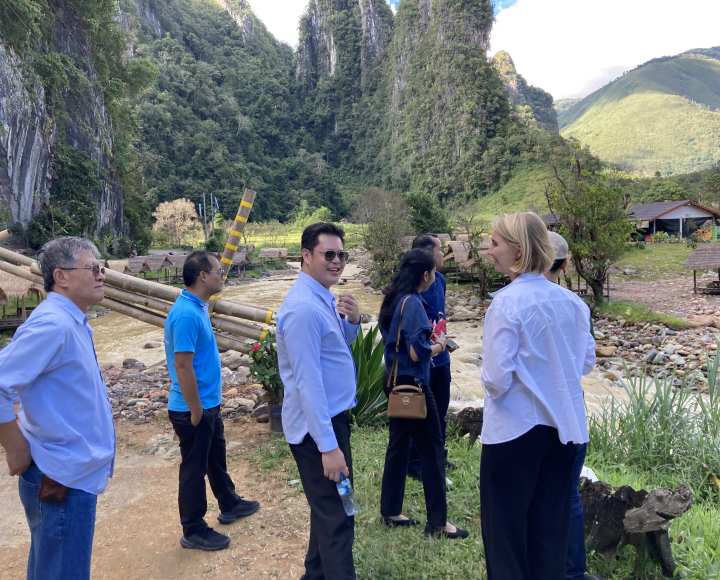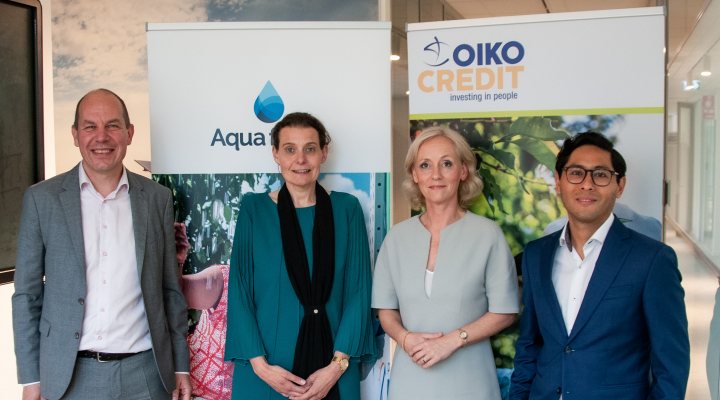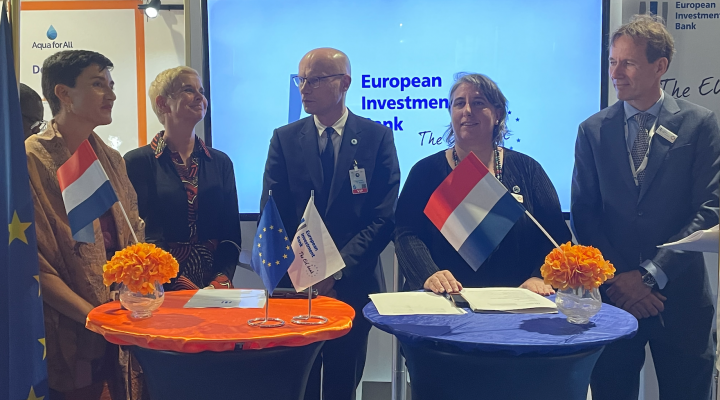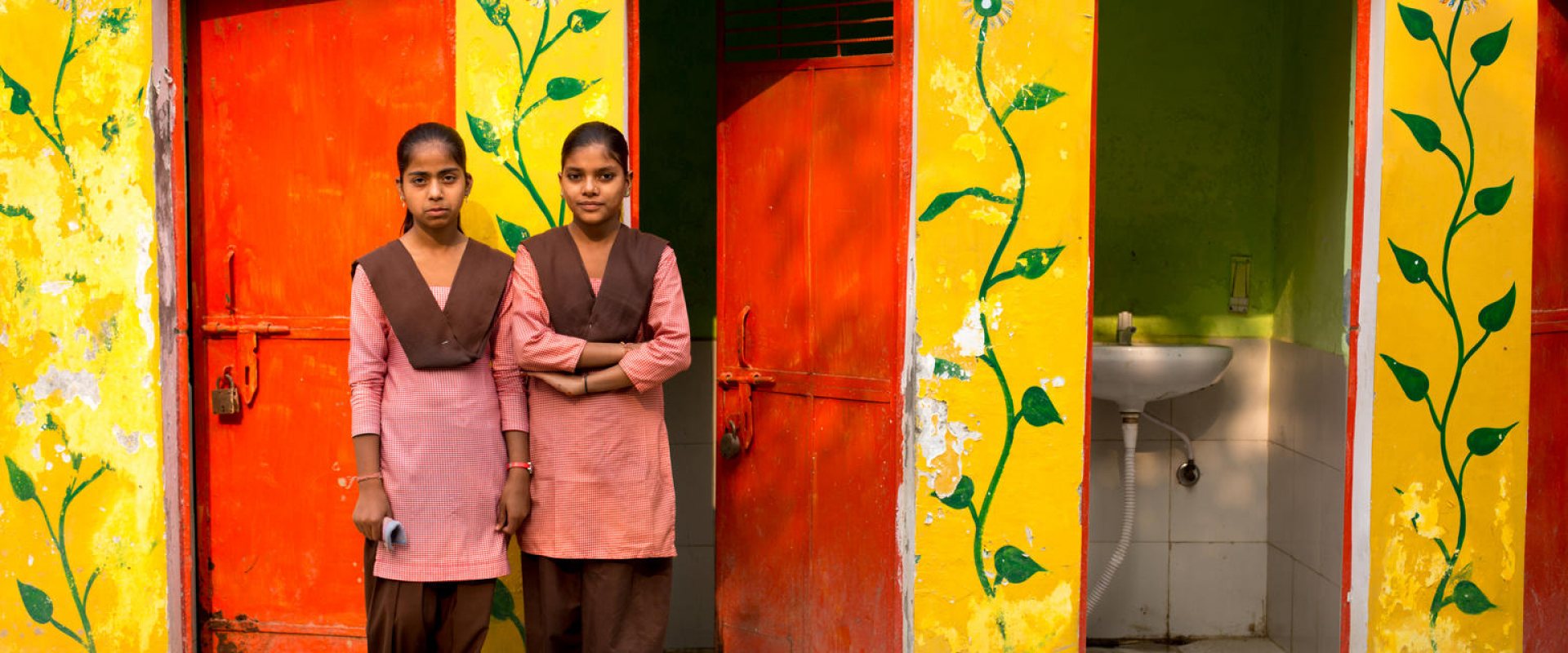
World Toilet Day: Go for it, full access by 2030
November 19 marks World Toilet Day, a day to mobilise action for those without access to proper sanitation. For those who have their own toilet, take a moment of appreciation for the best seat in the house!
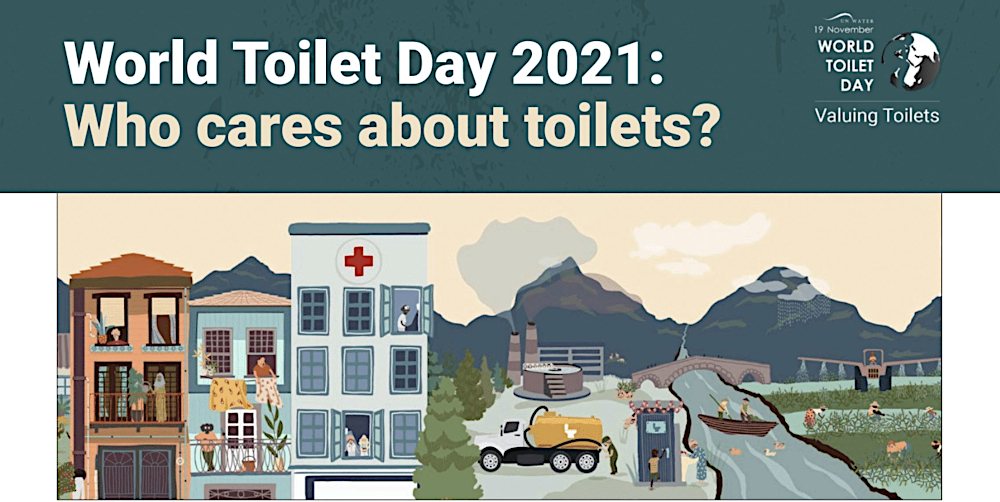

Universal coverage
Today, almost half the world population still lacks access to safely managed sanitation and it will take four times our current efforts to assure safe toilets for all by 2030.
Five years into the SDGs, the world is still not on track to achieve SDG 6.2 for universal coverage for safely managed sanitation. This was reported by UN Water this summer. In 2015 when the SDGs were launched, only 47 percent of the global population had access to a proper toilet. In 2020 this number had raised to 54 percent. At this rate of progress and given the growth of the world population, the coverage ends up in 2030 at only 67 percent.
To quadruple our global efforts, it is important to raise awareness for the enormous health benefits in order to create more demand for a proper toilet. At the same time it is essential to have materials available to build sanitation facilities and, in the case of pit latrines, to have service providers that can properly manage the disposal of faeces.
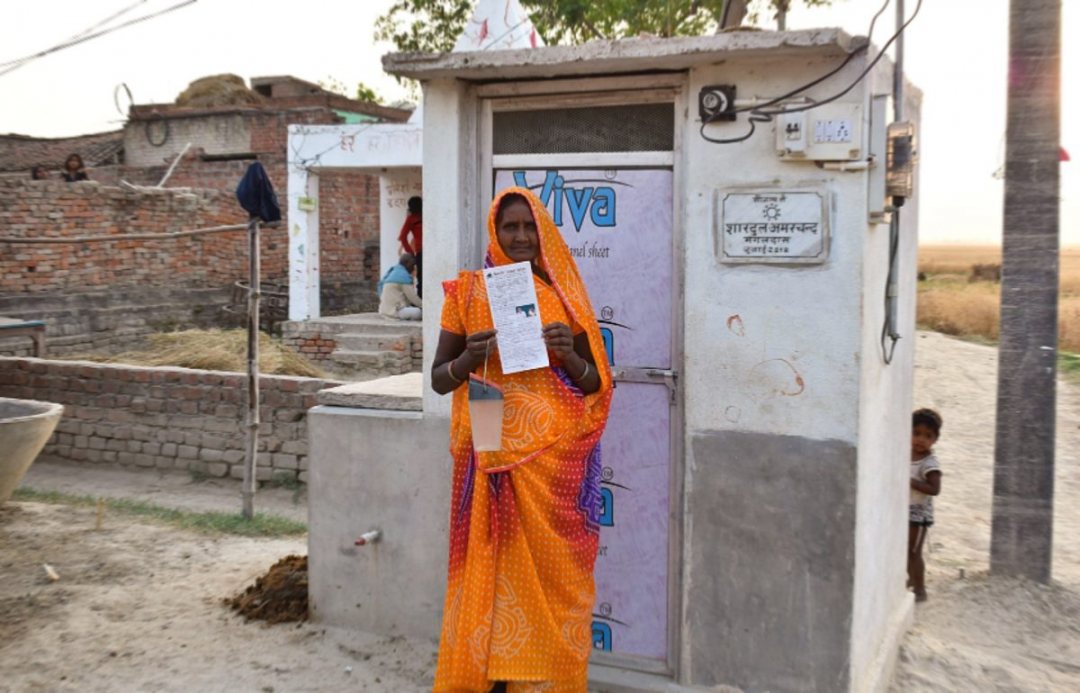

Role of microcredits
One such organisation that has proven successful in stimulating developments at all these fronts simultaneously, is FINISH Mondial. This non-for-profit organisation is active in Bangladesh, Ethiopia, India, Kenya, Tanzania and Uganda. Key to their success is the arrangement of microcredits for entrepreneurs that build toilets and provide services, as well as for households that want a decent toilet.
Another part of their success is that FINISH Mondial supports service providers for pit latrines in their effort to treat the faecal sludge they collect. By producing biogas and fertilizers from the faeces, they generate income.
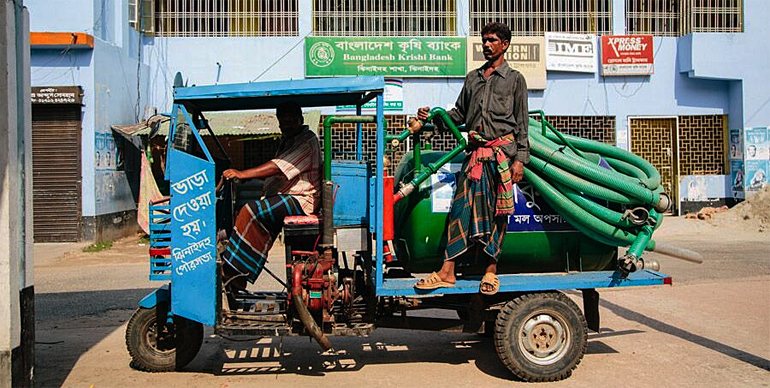

Take-away from COP26
On the website of FINISH Mondial intern Deepakshi Singh wrote a blog in which he reflects on the achievements of the climate summit COP26 in relation to the SDG-goals. At the Erasmus University Rotterdam he studied development and economics with a focus on impact financing. In his blog he mentions the importance of accessibility for entrepreneurs in developing countries to capital markets and climate funds.
‘Climate finance plays a significant role in risk reduction and developing innovative technologies for climate change adaptation and mitigation’, he writes. ‘Tools of financial economics, designed for valuing and managing risky future outcomes, can therefore be used to help society assess and respond to climate change risks and problems successfully.’
Drawbacks of public financing
Singh noted at the COP26 that climate finance is highly dependent on public financing and subsequently suffers from drawbacks where states fail to create stable circumstances for utility services. ‘One solution is to develop green climate funds in development banks to drive the climate transition’, he suggests in his blog. ‘Another is to develop a holistic ecosystem of grants, loans, and incubation programmes to encourage and initiate innovative technologies while reducing risks.’
He highlights the option to tap into the private sector and help small enterprises attract commercial financing especially those that have growing business that help to meet SDGs 11 (sustainable cities and communities), 6 (clean water & sanitation) and 8 (decent work and economic growth).
Read the full blog The Glaring Financing Gap at COP26 – How Will We Meet the SDGs?




